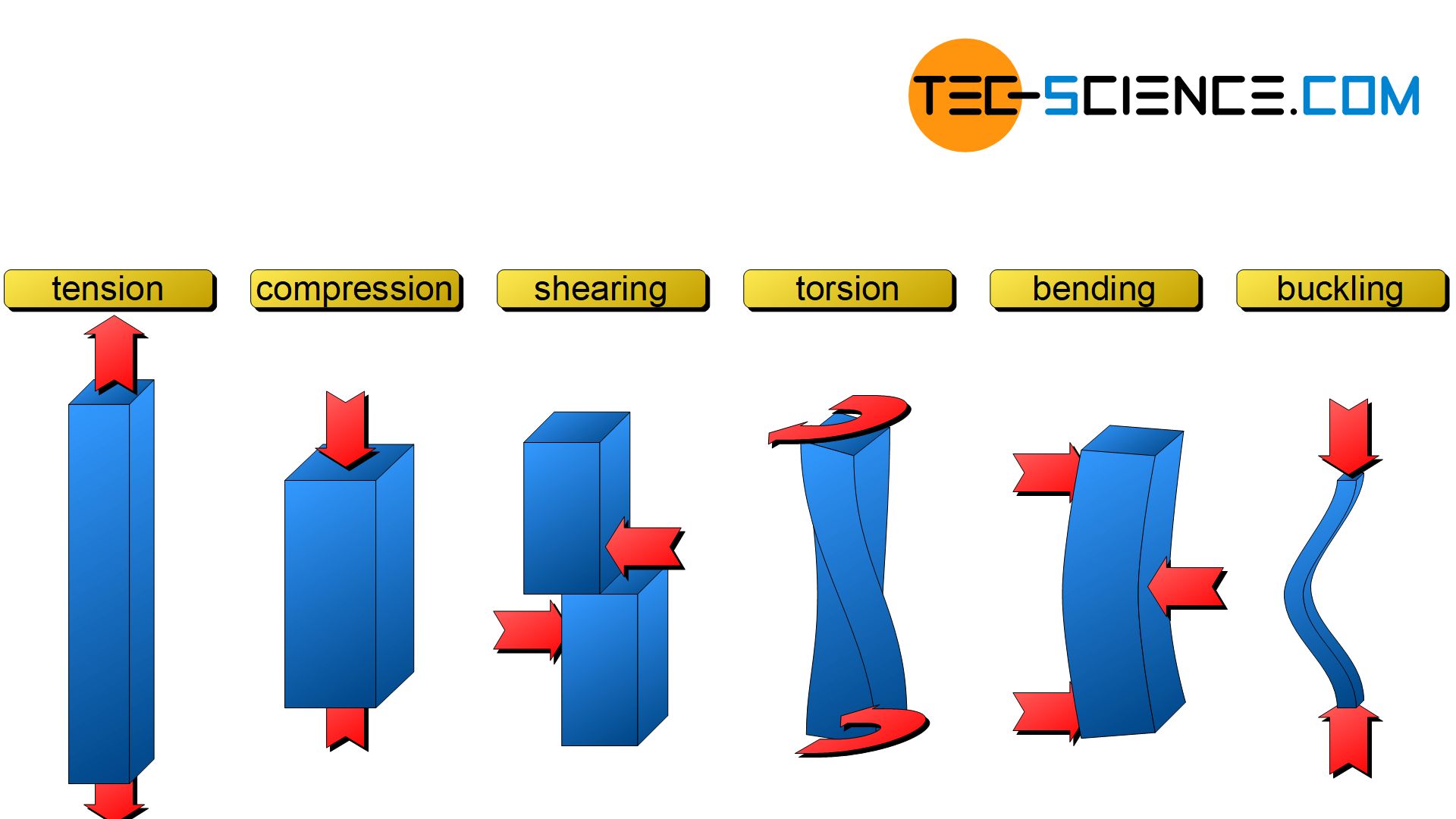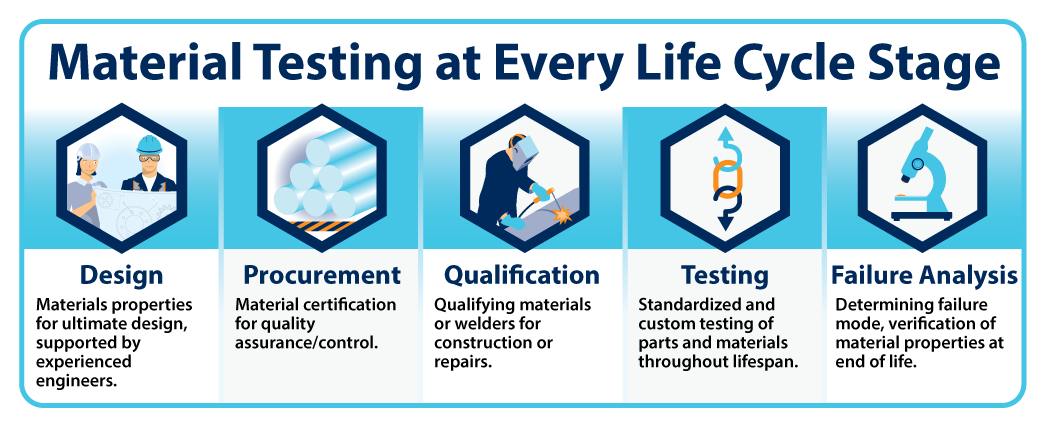Materials Test Lab Brilliance: Decoding Quality with Proficiency
Wiki Article
Pushing Boundaries: Exploring Strategies in Materials Testing
Welcome to 'Pushing Borders: Exploring Techniques in Products Testing'. In this conference, we will certainly explore the sophisticated and cutting-edge techniques used in the field of products testing. As technology developments, so does our capability to push the limits of what is feasible in testing and examining numerous products. From advanced imaging technologies to high-throughput testing techniques, we will discover the most up to date methods that enable us to obtain a much deeper understanding of material buildings and habits. Through non-destructive screening techniques and novel multi-scale evaluation techniques, we can uncover beneficial insights that can reinvent markets such as building and construction, aerospace, and manufacturing. Join us as we embark on a journey of discovery and expedition in the realm of products screening.Advanced Imaging Technologies
Advanced imaging modern technologies have changed the field of materials screening, enabling scientists to delve deeper right into the structural residential properties of materials. These sophisticated techniques have opened brand-new avenues for studying and evaluating materials, giving beneficial insights that were previously unattainable.One such sophisticated imaging technology is X-ray computed tomography (CT), which utilizes X-ray light beams to create 3D photos of the interior framework of materials. By catching multiple X-ray images from different angles and reconstructing them, researchers can imagine the interior attributes and flaws of materials with outstanding detail. This non-destructive method is especially useful for examining complicated structures, such as composite products or elements with elaborate geometries.

In addition, atomic force microscopy (AFM) has become a beneficial tool for identifying the surface residential properties of products at the nanoscale. By checking a sharp probe across the material's surface area, AFM can measure forces and create comprehensive topographic maps, supplying beneficial information concerning surface area roughness, mechanical residential or commercial properties, and bond forces.
Cutting-Edge Simulation Techniques
A variety of state-of-the-art simulation techniques are pushing the limits of materials testing, using scientists extraordinary understandings into product actions. These advanced simulation methods utilize advanced computational techniques to version and anticipate the performance of materials under different conditions. By simulating the habits of products at the molecular and atomic level, researchers can much better recognize the hidden devices that control product buildings and efficiency.Another effective technique is limited element evaluation (FEA), which separates a complicated framework or material right into smaller, a lot more workable elements and assesses their behavior under different loads. FEA is commonly made use of in design and materials scientific research to research the feedback of materials to mechanical, thermal, and electromagnetic pressures.
In addition, multiscale modeling incorporates various simulation techniques to link the space between macroscopic and atomistic ranges. By incorporating details from various size scales, researchers can properly anticipate the habits of materials under real-world conditions.
These cutting-edge simulation techniques are changing products testing by supplying understandings that are impossible or or else hard to get experimentally. They enable researchers to enhance product layout, discover new products, and improve the performance and reliability of existing materials in a large range of sectors, from aerospace to biomedical.
Non-Destructive Examining Strategies

- Many non-destructive testing strategies are utilized in materials checking to examine the properties and stability of materials without triggering damages. These methods play a crucial function in numerous industries, consisting of aerospace, automotive, construction, and production, where the quality and dependability of products are paramount.
One frequently used non-destructive screening strategy is ultrasonic testing. This technique includes sending high-frequency audio waves via a material and examining the mirrors that recuperate. By determining the moment it considers the mirrors to return, specialists can identify the thickness of the material, find internal defects, and examine the total architectural integrity.
Another commonly utilized method is radiographic screening, which makes use of X-rays or gamma rays to evaluate materials. This method is specifically reliable for spotting interior defects such as gaps, additions, or splits. By exposing the material to radiation and capturing the resulting image on a film or electronic detector, technicians can evaluate the top quality and strength of the material.
Various other non-destructive screening techniques consist of magnetic fragment screening, dye penetrant screening, and swirl present testing. Each strategy has its own unique benefits and appropriates for particular material kinds and applications.
High-throughput Screening Approaches
High-throughput testing methods offer a thorough and effective ways of evaluating materials in large amounts during the screening process. This technique involves the synchronised screening of many samples, enabling the rapid recognition of materials with preferred characteristics or residential properties.One of the crucial advantages of high-throughput testing strategies is the capability to examine a large range of materials in a short amount of time. Conventional testing techniques usually need taxing and labor-intensive processes, making it hard to examine great deals of Discover More examples. With high-throughput screening, researchers can rapidly evaluate products on a scale that was formerly not feasible.
One more benefit of high-throughput testing is its capacity to recognize products with specific buildings or qualities. By examining a lot of samples, researchers can determine products that show certain buildings, such as high toughness or excellent conductivity. This enables researchers to tailor materials for particular applications or markets.
High-throughput testing techniques additionally permit for the exploration of brand-new products with one-of-a-kind residential or commercial properties. By evaluating big quantities of materials, researchers can uncover materials that display novel qualities or habits. This can result in the advancement of new materials that have a large range of applications, from sophisticated electronics to energy storage space.
Unique Multi-scale Evaluation Techniques
The application of novel multi-scale analysis approaches boosts the accuracy and accuracy of materials evaluating processes. By combining multiple scales of evaluation, researchers are able to acquire an extra extensive understanding of the habits and buildings of products. Traditional products examining methods often concentrate on macroscopic homes, yet these methods fall short to capture the elaborate details and interactions that happen at smaller ranges.One example of an unique multi-scale analysis method is making use of computational modeling. By replicating the actions of materials at various scales, scientists can anticipate and understand their mechanical, thermal, and chemical properties. This permits even more accurate predictions and optimizations of product performance.
An additional technique entails making use of advanced imaging methods, such as electron microscopy and atomic pressure microscopy - materials test lab. These methods make it possible for researchers to envision and evaluate products at the nanoscale, offering understandings into their microstructure and structure. By incorporating these observations with macroscopic screening information, a more full picture of the product's actions can be obtained
Moreover, the integration of maker discovering algorithms and data analytics in products screening has likewise improved the precision of evaluation. These methods can determine patterns and relationships in huge datasets, allowing for faster and a lot more reliable analysis of materials residential properties.
Conclusion
In final thought, the expedition of strategies in products testing has caused substantial advancements in various areas. Advanced imaging innovations have permitted for detailed analysis and visualization of material frameworks. Advanced simulation techniques have assisted in the have a peek here forecast and understanding of product habits. Non-destructive testing methods have allowed the assessment of material stability without triggering damage. High-throughput screening approaches have increased the exploration of brand-new materials. Unique multi-scale evaluation techniques have provided understandings right into material residential or commercial properties at different scales. These developments have pushed the limits of materials screening and led the way for further study and technology.
An array of advanced simulation methods are pushing the borders of materials screening, providing scientists unprecedented understandings into material actions (materials test lab). By replicating the behavior of materials at the molecular and atomic level, scientists can much better understand the hidden systems that regulate product homes and performance
Countless non-destructive testing techniques are utilized in materials checking to examine the homes and honesty of materials without triggering damages. By revealing the material to radiation and catching the resulting photo on a film or digital detector, i was reading this professionals can review the top quality and soundness of the material.
By evaluating big quantities of materials, researchers can reveal products that exhibit novel qualities or behaviors.
Report this wiki page